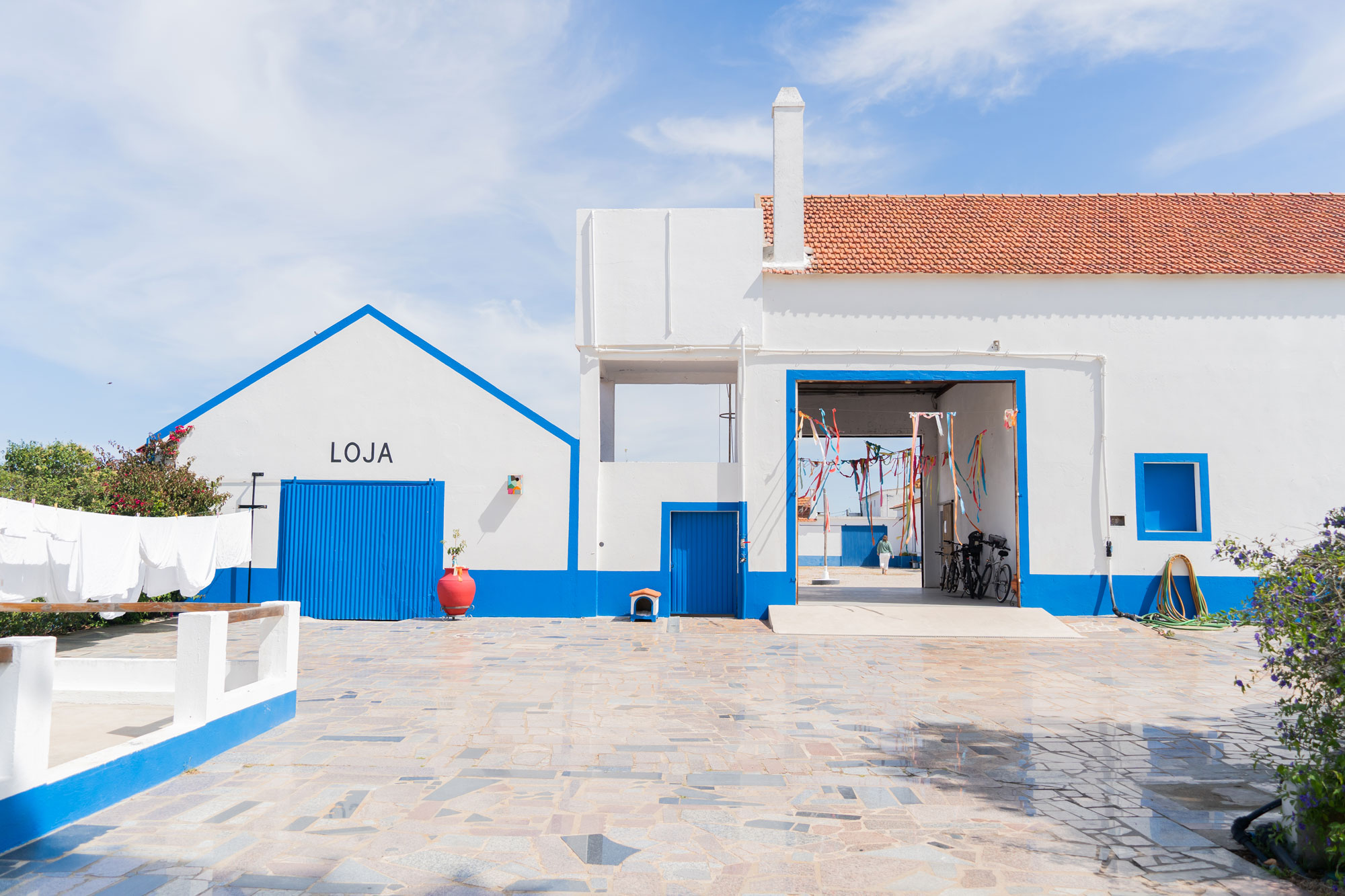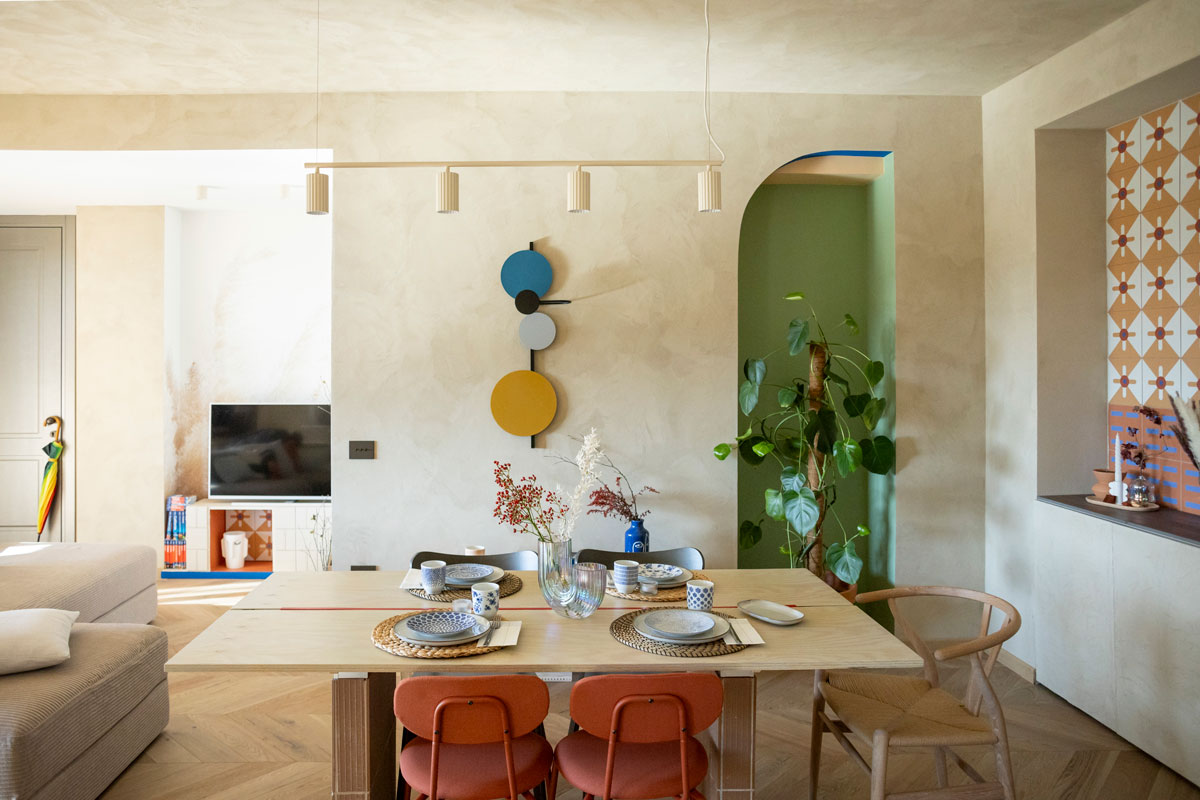
Azulejos Tiles Feast : 10 things about the traditional Portoguese tiles
( the post to be avoided if you dislike white&blue)
1. The first azulejos tiles
First Portoguese azulejos tiles are dated back to the beginning of the XVI century. They come from Seville, a city with a really strong Moorish tradition
2. I primi azulejos
Le prime testimonianze degli azulejos in Portogallo risalgono ad inizio 1500 con provenienza da Siviglia, città di nota presenza araba
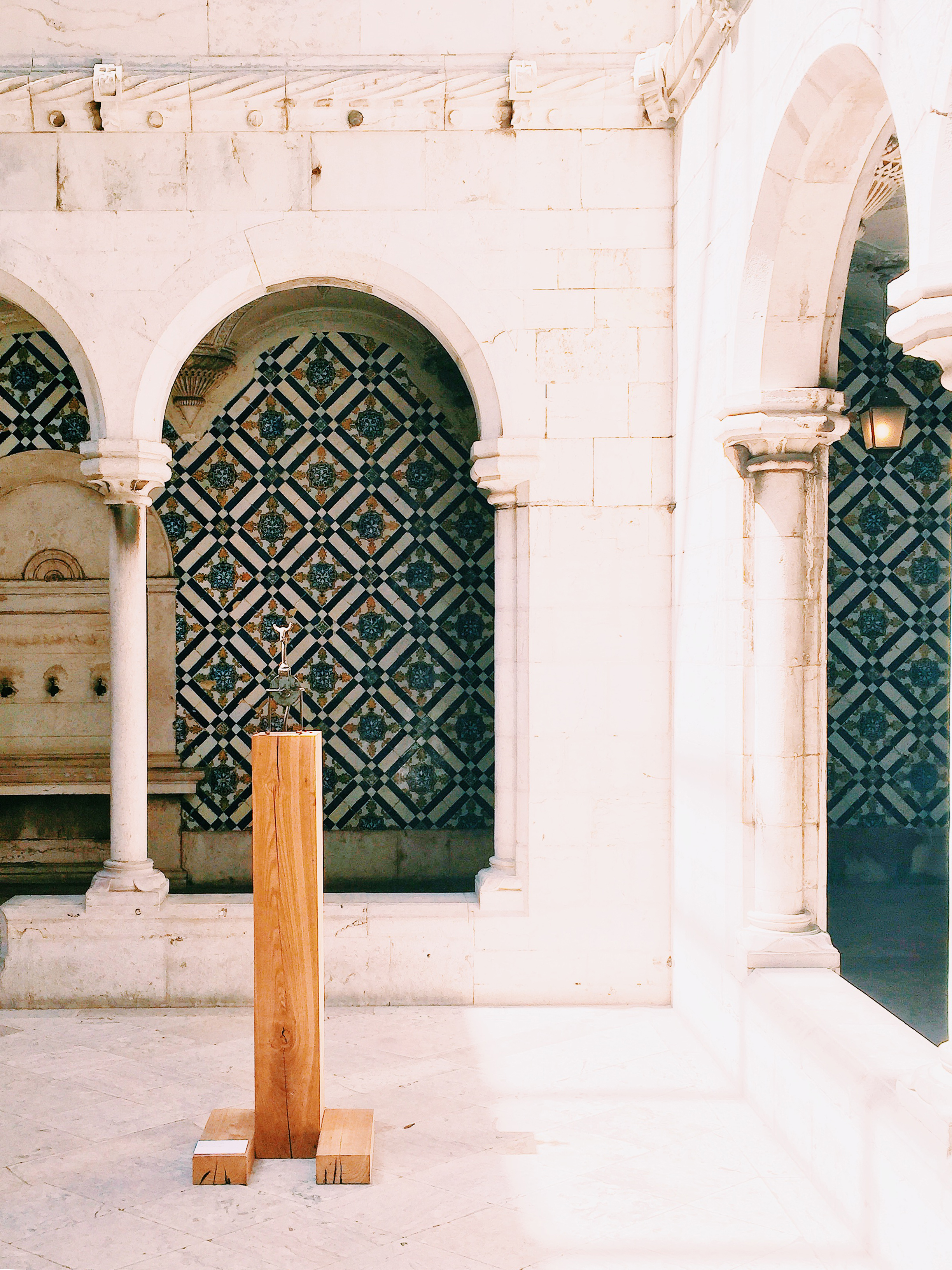

Museu Nacional do Azulejo, Lisboa
2. What does azulejo mean ?
The word azulejo comes from arab “al zulaycha”. It means small polished stone. For this reason, azulejos does not come from “azul”, as many people think.
2. Cosa significa la parola azulejo?
Infatti, la parola azulejo deriva dall’arabo “al zulaycha”, che significa piccola pietra levigata. Azulejo non deriva quindi da “azul”, cioè da blu, come credono molte persone.
–
3. Azulejos tiles have also something about Italy
Portoguese azulejos put together the Dutch and the Italian ceramic tradition. Indeed, starting from the Seventeenth century, Portoguese tiles were produced with the Italian ceramic tecnique.
|| Read here about Italian patterned tiles here
3. Gli azulejos hanno anche a che fare con l’Italia
Gli azulejos portoghesi mettono insieme però anche altre influenze, dalle Fiandre e dall’Italia: dal Seicento verrà utilizzata proprio la tecnica italiana per la produzione di tutte le piastrelle portoghesi
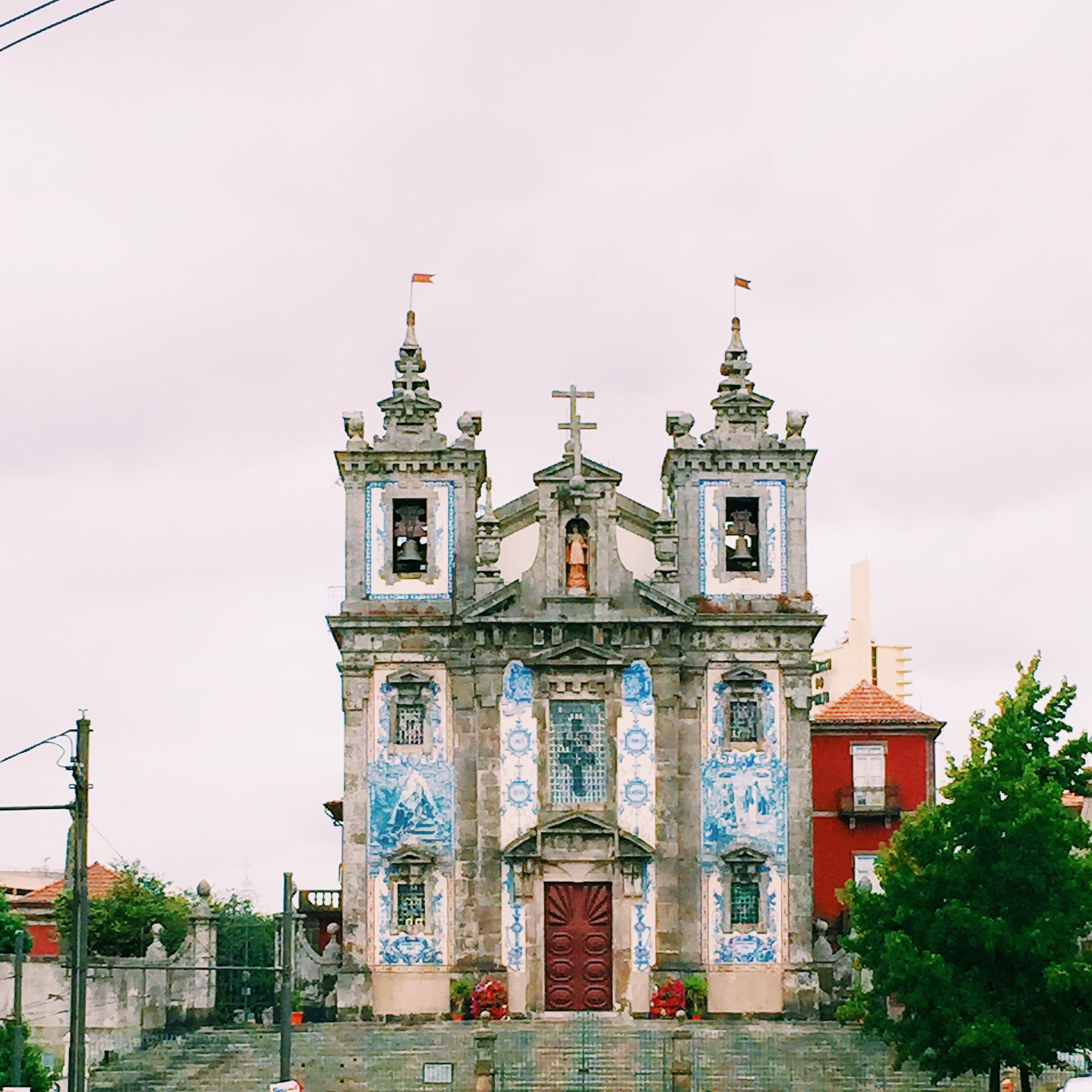
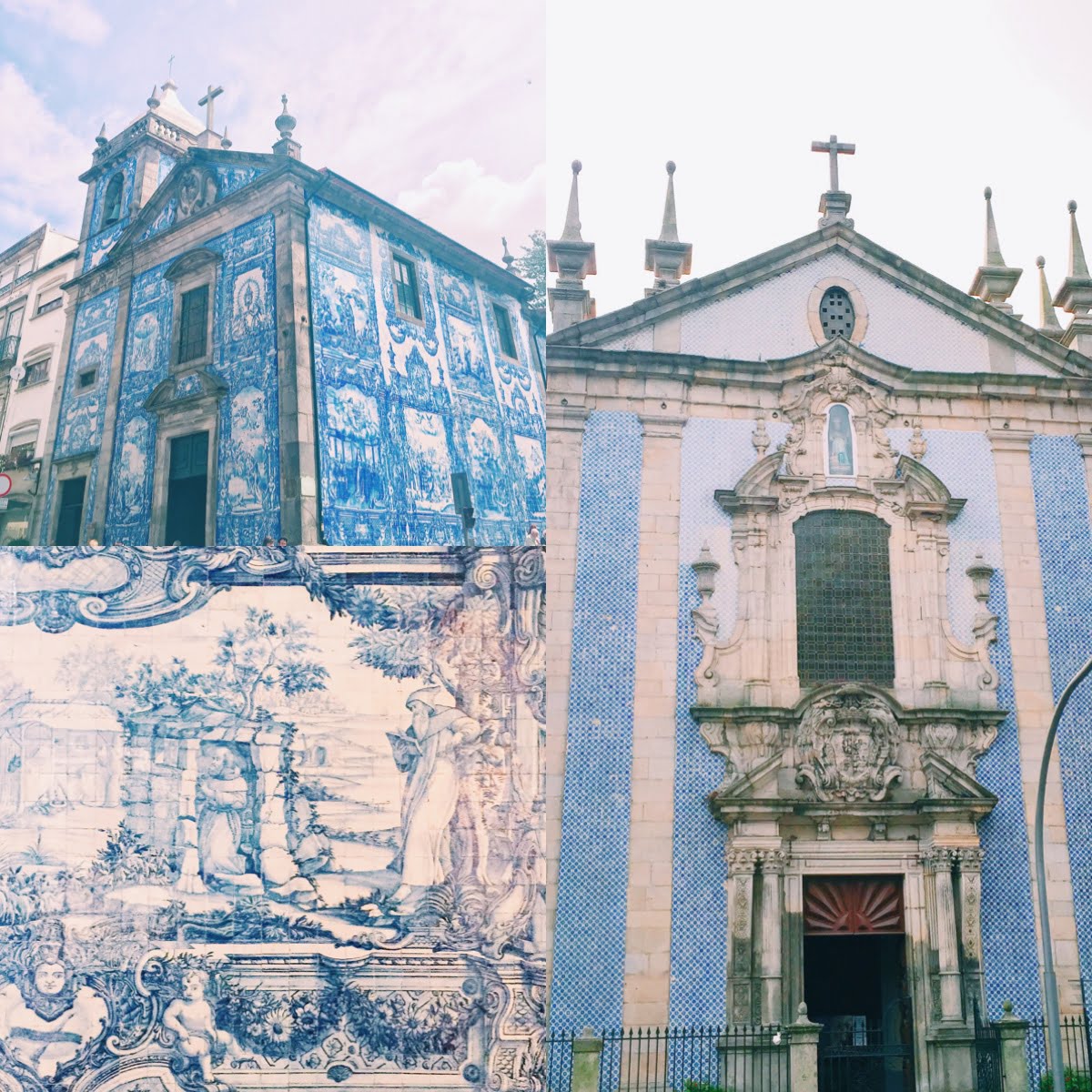
Porto azulejos tiles : igreja de Santo Idelfonso, igreja do Carmo, igreja de Sao Nicolau



Ribeira, Porto
4. Where were first azulejos tiles used?
The first azulejos tiles were used for religious purposes. Indeed, they can be found in wide panels in churches and they were always linked with the rooms architecture
4. Come venivano usati i primi azulejos?
I primi azulejos avevano scopi religiosi. Infatti si trovavano su grandi pannelli all’interno delle chiese e sono sempre legati all’architettura delle stanze in cui si trovano, per decorarle ed abbellirle.
–
5. When do azulejos tiles become cheaper?
In the Eighteenth century, with the Spanish occupation of Portugal, azulejos became much cheaper. Therefore, they started to be produced in mass workshops with repetitive patterns of 2×2. In the tiles from this period, you can also find several mistakes in the decoration, because they were really cheap!
5. Quando sono diventate piastrelle economiche?
E’ nel Settecento, con l’occupazione spagnola del Portogallo, che gli azulejos iniziano ad essere prodotti in workshop con metodi più economici. Grazie a pattern ripetuti, partendo da moduli di 2×2 piastrelle, esse diventarono decisamente più economiche. Sulle piastrelle di questo periodo si possono ancora vedere vari errori di decorazione, appunto perché erano davvero di scarsa qualità e basso costo.
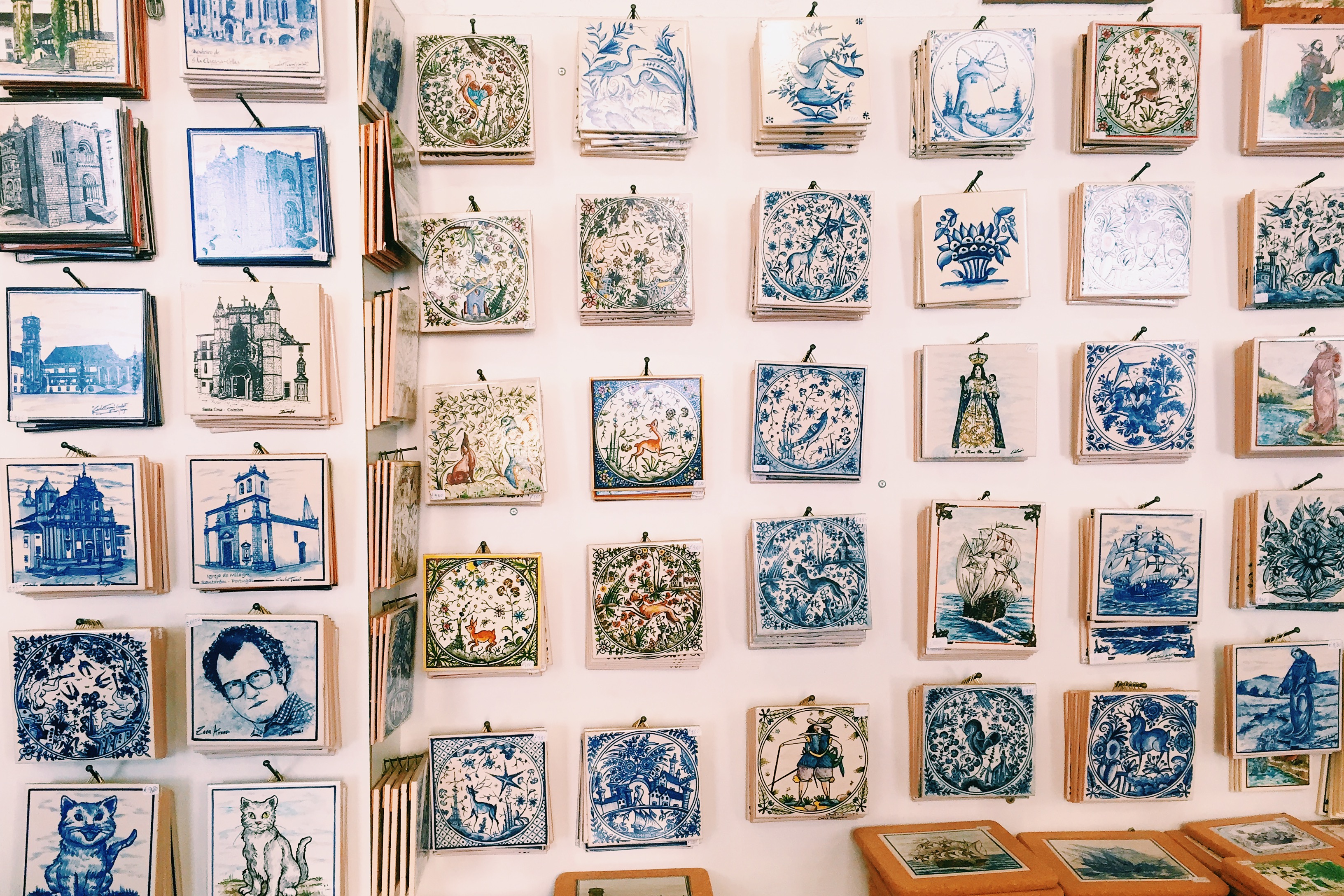
Azulejos shop, Coimbra
6. Why are azulejos tiles white and blue?
Azulejos tiles are white and blue because white and blue ceramics were trendy in the 19th century. Indeed, thanks to Dutch trades, in the Nineteenth century there was a large admount of Chinese porcelains and people loved them. In this period white and blue ceramics were usually matched with golden wood, this one instead was a Brazilian influence.
6. Perché le classiche piastrelle Portoghesi sono bianche e blu?
Perché nell’Ottocento invece si diffonde la moda del bianco e blu, grazie alla diffusione del commercio e dei traffici Olandesi che importavano in Portogallo le porcellane cinesi. In periodo barocco spesso bianco e blu venivano accostati al legno dipinto d’oro: questa invece era una derivazione brasiliana, sempre dovuta ai commerci del Portogallo con l’estero.

Azulejos shop, Sintra
7. What’s the standard measure of azulejos tiles?
Standard azulejos module measures 14×14 cm and it’s an Italian influence
7. Esiste una misura standard delle piastrelle azulejos?
Il modulo standard dell’azulejo misura 14×14 cm, una dimensione che deriva proprio dalla tradizione italiana
Be careful: never buy azulejos tiles in markets, as they were stolen from historical buildings
8. When azulejos tiles started to be used in architecture?
Only after the industrial production, in the second half of the Nineteenth, azulejos tiles were used in the decoration of facades. Then, they become a trend and we can still see them today in many Portoguese cities
8. Solo dalla seconda metà del XIX secolo gli azulejos verranno impiegati anche per gli esterni, grazie all’avvio della produzione industriale
[dropcap]
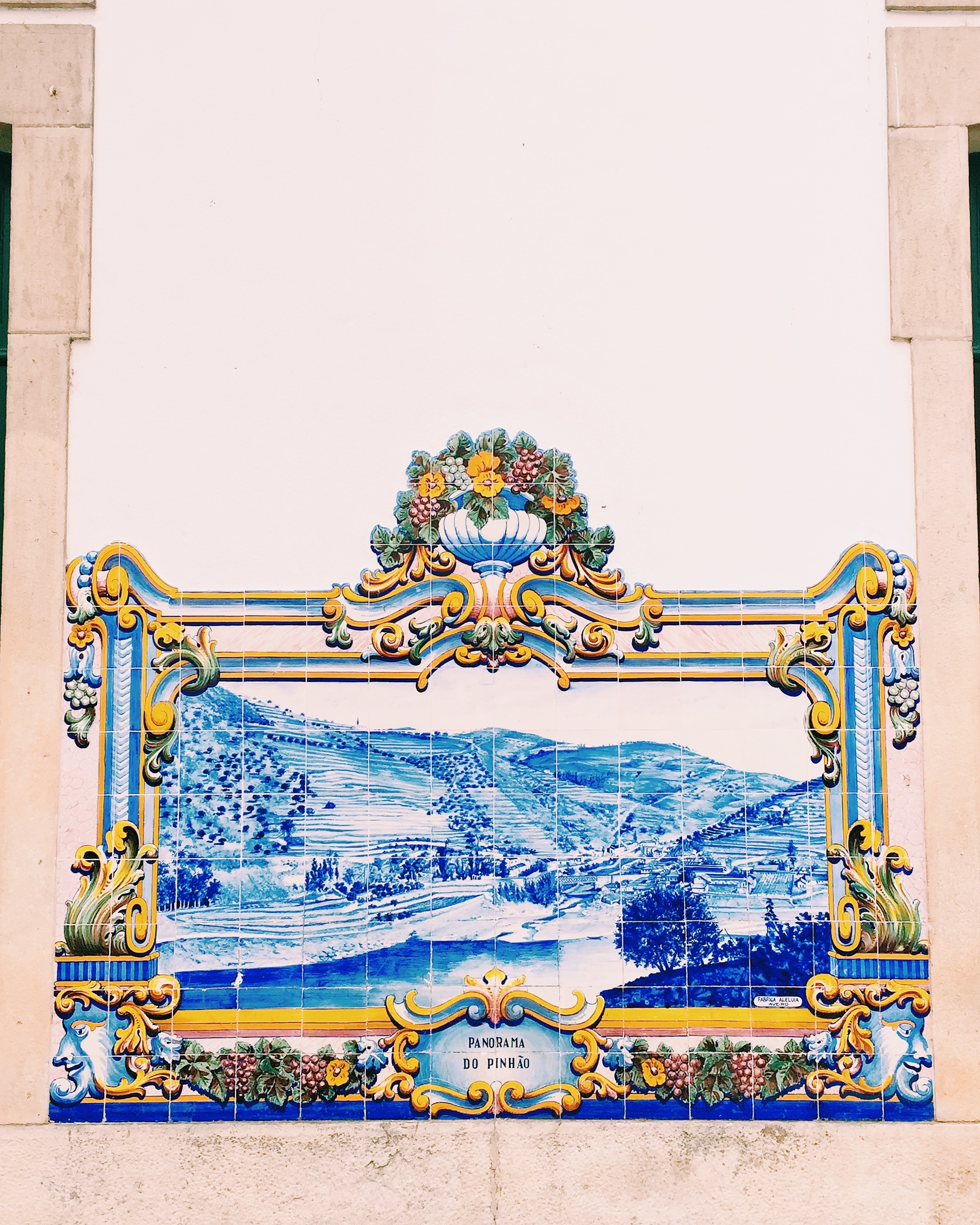
Pinhao railway station



azulejos in Lisboa
9. Is there an azulejos museum in Portugal?
The biggest archive of azulejos can be found in the Museu Nacional do Azulejos. Here 40 people are employed in the research and recostruction of azulejos panels. Indeed, over the centuries Madre de Deus cloistery – now the tiling museum- has been used as Lisbon tiling deposit, probably because of its displaced location from the city center
9. Esiste un museo dedicato agli azulejos in Portogallo?
Il Museu Nacional do Azulejos contiene il più grande archivio di azulejos del mondo, in cui oltre 40 volontari sono impiegati nello studio e nella ricostruzione di pannelli storici. Inizialmente si trattava di un magazzino in cui le piastrelle erano state accumulate nei secoli, per la posizione dislocata del convento Madre de Deus, in cui si colloca oggi il museo, rispetto al centro di Lisbona
10.
In the Museum there’s also a wide panel, 36 meters large, which represent Lisbon cityscape before the 1755 earthquake. This panel was a great resource for understand the city history
Il Museu contiene anche un pannello lungo 36 metri che rappresenta su azulejos la città di Lisbona prima del terremoto, ed è stato utilissimo per ricostruirne la forma prima della distruzione della città

All images ©ElisabettaRizzato |italianbark
+
Thanks to VisitLisboa & the Museum Nacional do Azulejo
Find my Portugal guide here
Browse my Lisbon Design Guide here


